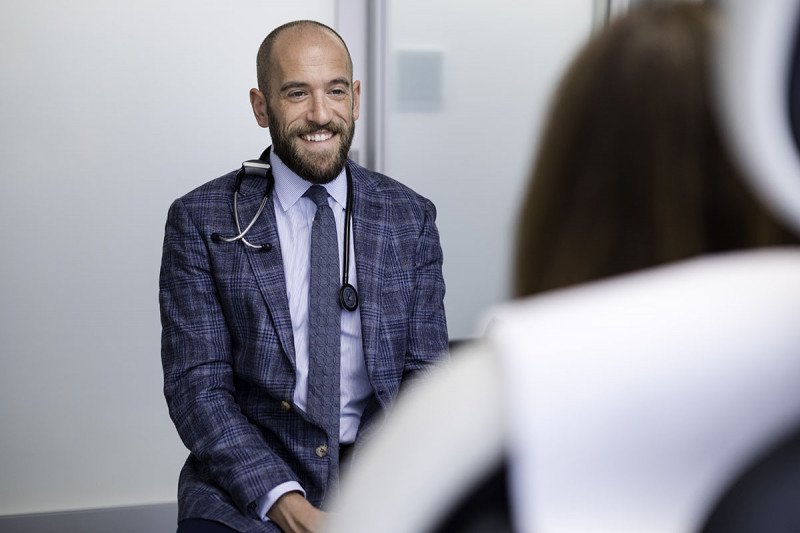
Neurologist Eli Diamond leads MSK's clinical research efforts in histiocytosis.
Histiocytosis is a family of blood diseases that affect both adults and children. These rare diseases are diagnosed in a few hundred people in the United States every year.
Histiocytosis occurs when the body makes an abnormally large amount of the white blood cells called histiocytes. These cells can build up and form tumors, which can grow in any part of the body. The bones and skin are most commonly affected.
A type of immune cell that is created in the bone marrow.
There are dozens of subtypes of histiocytosis. Some forms can be mild, while others can be very serious, even life-threatening. Additionally, some forms of histiocytosis affect certain age groups more than others.
In recent years, researchers at Memorial Sloan Kettering and elsewhere have learned that histiocytosis tumors are caused by specific gene mutations. These mutations can be detected by testing tumor samples. Thanks to this research, doctors now know that histiocytic diseases are neoplastic, or cancerous, blood diseases.
For some people with histiocytosis, new treatments that target the gene mutations causing the disease have led to dramatic improvements in their symptoms and overall health. Some of these treatments were tested in clinical trials at MSK.
Doctors at MSK care for more adults with histiocytosis than doctors at any other hospital in the United States. We also have extensive experience caring for children with the disease. Many of the people we care for are enrolled in clinical trials that are not available anywhere else.
In 2017, we established a registry for people with Erdheim-Chester disease, a kind of histiocytosis. It is the only such registry in the world. Registry studies are powerful tools to study rare diseases and improve their treatments.


